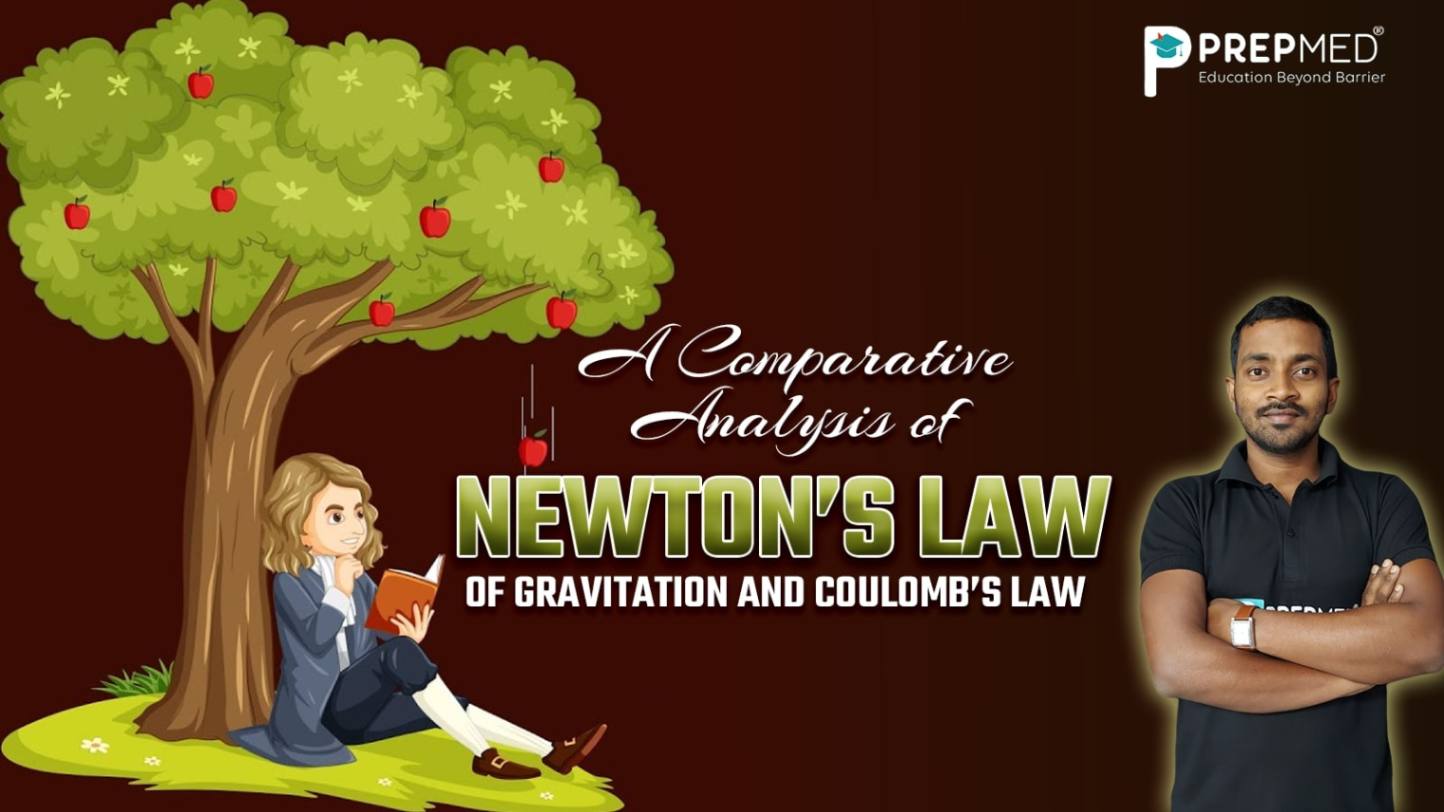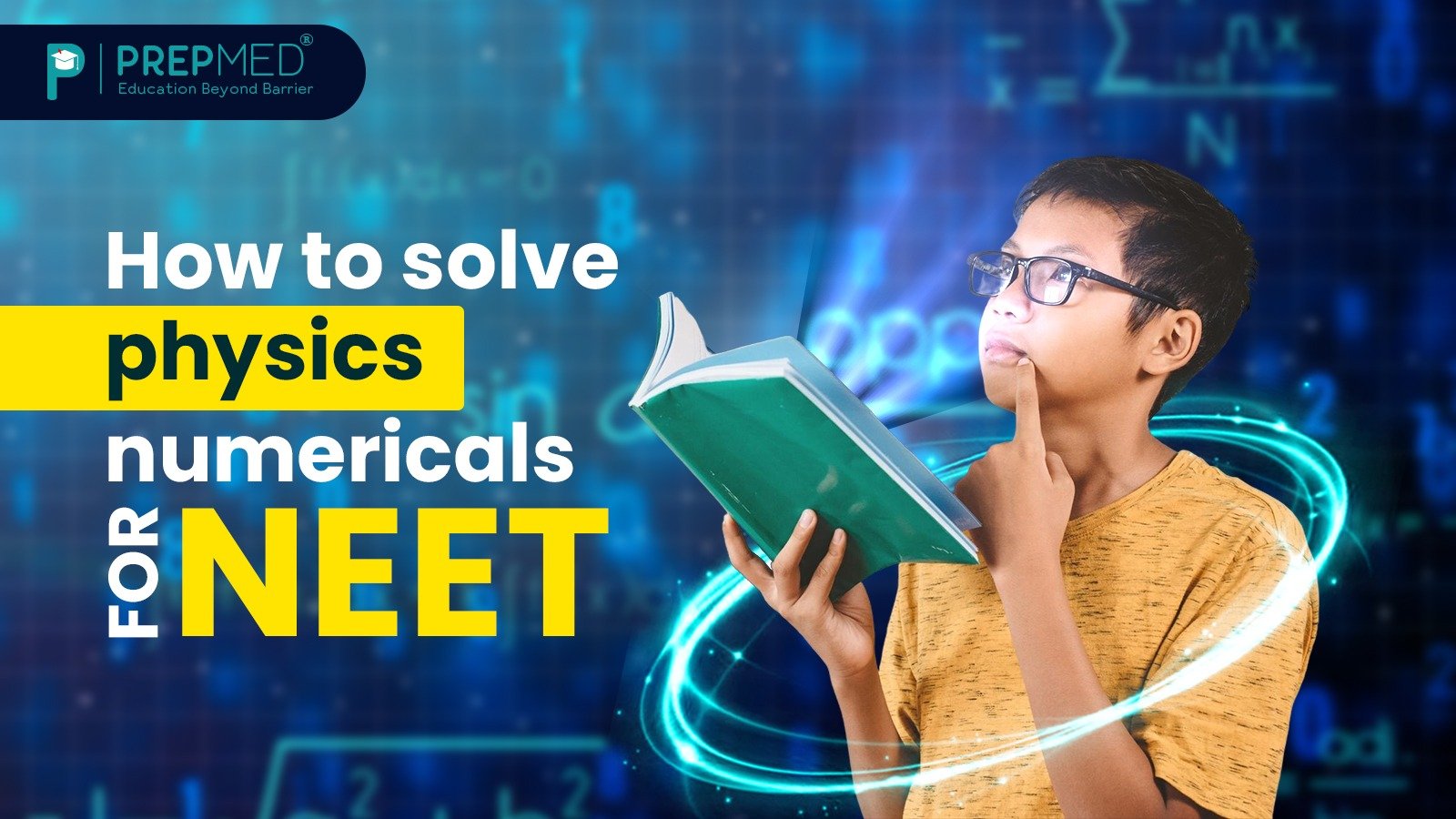September 12, 2024
A Comparative Analysis of Newton’s Law of Gravitation and Coulomb’s Law
In the universe of physics, certain fundamental laws govern the forces that act between particles. Two such laws, Newton's Law of Gravitation and Coulomb's Law in electrostatics, demonstrate how particles interact across different domains—gravity and electricity.
Newton's Law of Gravitation
Newton's Law of Gravitation states the attractive force between two masses. According to this law, every particle of matter attracts every other particle with a force that is directly proportional to the product of their masses and inversely proportional to the square of the distance between their centers.
If we consider Fgrav as the gravitational force between two masses m1 and m2 and r as the distance between the centers of the masses then mathematically, it is expressed as:
Fgrav∝m1m2 and Fgrav∝1/r2
Hence, Fgrav=G(m1m2/r2)
The G is called the Universal Gravitational Constant.
Coulomb's Law
Coulomb's Law states that the force between two point charges is directly proportional to the product of the magnitudes of the charges and inversely proportional to the square of the distance between them.
If we consider the charges as q1 and q2 respectively and the distance between them as r, then mathematically, it is expressed as:
Felec∝q1q2 and Felec∝1/r2
Hence, Felec=k(q1q2/r2)
The k is called the Coulomb’s Constant or Electrostatic Constant.
Derivation and Relation
Both Newton's Law of Gravitation and Coulomb's Law illustrate a similar mathematical form. This similarity suggests an underlying symmetry in the way nature handles these fundamental forces. By comparing their formulas:
Fgrav=G(m1m2/r2) and Felec=k(q1q2/r2)
It is observed that they both involve a product of two properties (mass or charge), divided by the square of the distance between them. The constants G and k scale these forces according to the nature of the interaction (gravity or electrostatic).
In both scenarios, the forces decrease with increasing distance r due to the inverse square law.
Newton's Law of Gravitation and Coulomb's Law are fundamental to understanding how forces act between particles in the universe. Despite governing different phenomena, i.e., gravity and electrostatics, their mathematical forms reveal a similarity in their fundamental principles.
Frequently Asked Questions:
1. How are Newton's Law of Gravitation and Coulomb's Law similar?
Both laws describe the force between two particles and follow an inverse square law. The force is directly proportional to the product of two properties (masses or charges) and inversely proportional to the square of the distance between them. This mathematical similarity highlights a common structural principle in the forces of gravity and electrostatics.
2. What is the main difference between Newton's Law of Gravitation and Coulomb's Law?
Newton's Law of Gravitation deals with the attractive force between two masses, while Coulomb's Law describes the electrostatic force between two charges, which can be either attractive or repulsive. Additionally, gravity is always attractive, whereas electrostatic forces can either attract or repel depending on the nature of the charges.
3. What are the constants G and k in these laws?
In Newton's Law of Gravitation, G is the Universal Gravitational Constant, which determines the strength of the gravitational force. In Coulomb's Law, k is the Electrostatic or Coulomb's Constant, which defines the magnitude of the electrostatic force. Both constants scale their respective forces according to the nature of the interaction.
4. How does distance affect the forces described by Newton’s Law and Coulomb’s Law?
In both laws, the force decreases with the square of the distance between the two interacting particles. This is known as the inverse square law, meaning that as the distance r between the masses or charges increases, the force between them decreases exponentially.
For more details on PrepMed and to find the nearest coaching center, visit PrepMed’s official website
Follow Us - on Facebook /Instagram/ YouTube






